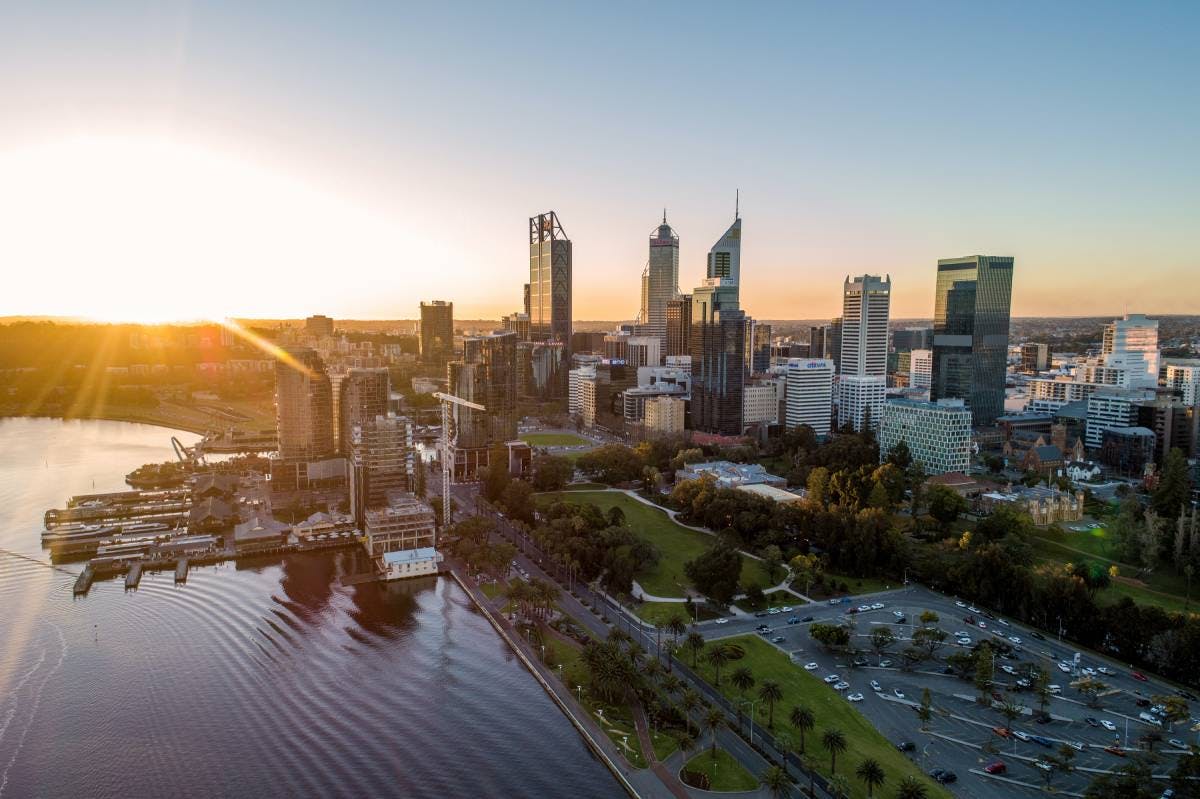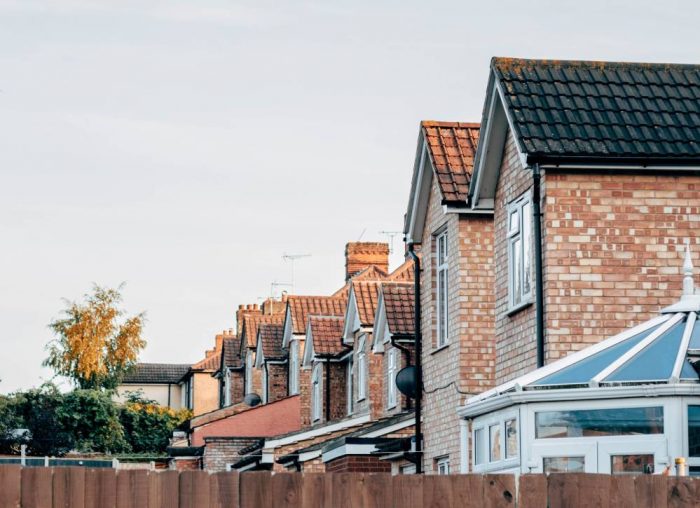Economy
Breaking down Labor’s 2022 ‘buy now, pay later’ federal budget
Published
31 October, 2022

The Albanese government’s first federal budget was handed down by Treasurer Jim Chalmers last week, and in it – aside from its laser-focus on inflation – is a hopeful measure aimed at helping Australia’s housing affordability crisis.
But before we jump into it, here are some forecasted numbers for 2023 to put things into perspective.
Forecasts for 2023
- Inflation is expected to peak at 7.75 per cent in this year’s December quarter, with pressures continuing from overseas (i.e. supply disruptions, the war in Ukraine)
- Gross Domestic Product will slow to 3.25 per cent;
- The budget deficit currently sits at $36.9 billion (far lower than anticipated); and
- Gross debt is currently 37.3 per cent of GDP (sitting at $927 billion).
Out of China, the UK and the USA, Australia is expected to achieve the second strongest GDP growth for 2023. While production looks positive, it’s always important to look at what we owe – and that figure isn’t half bad, according to the panel on PwC’s Federal Budget Insights, which aired last Wednesday. Net debt is expected to remain below 23 per cent of GDP – very good news for the government.
Most of us know how important population growth is to a flourishing economy, and after one of the worst recorded population growth slumps in history (namely, 2021) thanks to the pandemic, we’re finally expecting the figure to recover with our nation’s borders now open. Net migration accounted for 60 per cent of Australia’s population growth in the 10 years before COVID-19… That’s how crucial an influx of foreign workers is for us.
Let’s turn back to the budget.
The National Housing Accord

Labor’s National Housing Accord is aimed at finding a balance between housing and supply, and the federal budget has outlined a $350-million contribution to the scheme, promising to provide 10,000 affordable homes over five years from 2024. Most of these houses are situated in regional areas, close to jobs.
And affordability is not only hoped to be alleviated for homebuyers at an individual level, but through incentives to superannuation funds and institutional investors to pour money into social and affordable housing in Australia.
Every state is on board with the accord, collectively matching the government’s 10,000-home contribution.
Housing affordability is not just a government problem
But Treasurer Chalmers has addressed that it’s not only the government that needs to play a role in more affordable Australian housing.
“Most of this supply needs to come from the market, not the government,” Chalmers said in a comment that will surely get some real estate pundits fired up. “But there’s a role for government, and we intend to play a leading role – by coordinating and kick-starting the investment we know needs to happen.”
He’s right in that a coordinated approach needs to be done to help balance supply and demand. But there are many measures the governments – that is, federal, state, and local governments – could do to fast-track this, including removing supply constraints and outdated tax measures. We back the Real Estate Institute of Australia’s position that stamp duty reform is urgently needed to allow the property market to function more efficiently.
Until these measures occur, all we’re really getting is the government’s band-aid solution.
What else will the federal budget help with?

Next year, we’ve been told to expect electricity bills will go up 30 per cent and gas to go up by an incredible 50 per cent. Jim Chalmers is considering some tough market intervention to stop those costs from going out of control.
“This is a responsible budget that is right for the times, and readies us for the future,” the Treasurer said as he unveiled the “family-friendly” budget to parliament. “It delivers on the priorities of the Australian people, and it repays their faith in a new government.”
As well as its housing affordability measures, the budget also focuses on infrastructure, with $120 billion of infrastructure spend scheduled for the next 10 years.
Half-a-billion dollars will go towards upgrading the Bruce Highway, a 1,000-mile major artery north of Brisbane, and $210 million will go toward an upgrade of Queensland’s Kuranda Range Road.
It’s been called a ‘buy now, pay later’ budget due to the theme of spending restraint – but that can’t last. Big programs are seeing spending go out of control, like the NDIS (National Disability Insurance Scheme) growing at about $6 billion a year – costing more than the entire budget deficit of $37 billion (the NDIS will head over $50 billion by 2025).
Jim Chalmers has hinted that it may soon be time to talk about taxes. We’ll have our ears open for that discussion.
Want to be kept in the loop about our future investments? Subscribe to our monthly newsletter for FREE property insights. We’ll be in touch every month with the news on the economy, the Australian investment landscape, and of course the evolving commercial property market.



